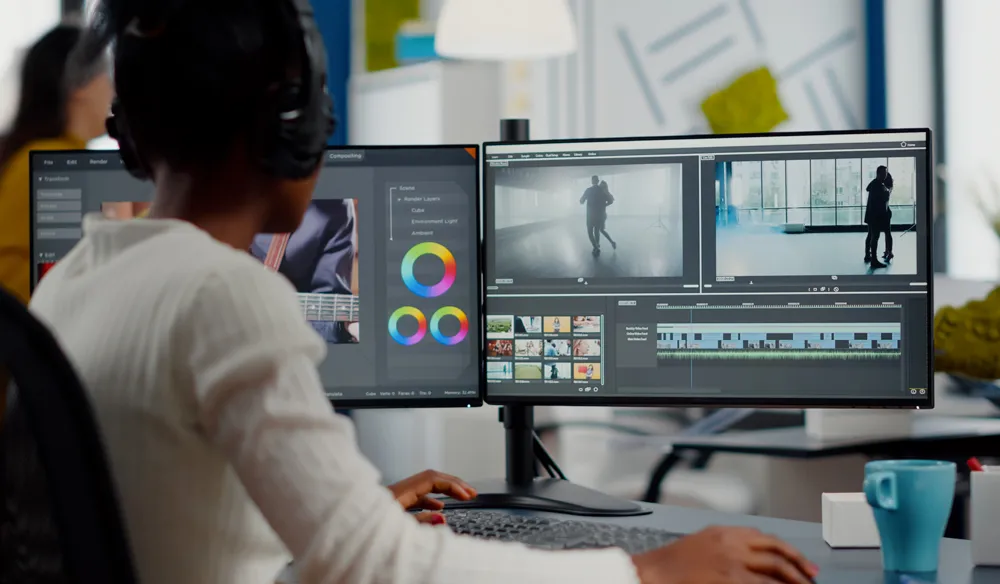Editing is where your raw footage transforms into a compelling story. For beginner filmmakers, this stage can feel both exciting and overwhelming. With countless tools, techniques, and styles available, knowing where to start is crucial. Whether you’re working on a short film, documentary, or a simple vlog, these essential editing tips in filmmaking will help you refine your craft and bring your vision to life.
Understand the Power of Storytelling Through Editing
Editing is much more than cutting clips together. It’s about shaping your narrative, pacing your story, and controlling how your audience feels. Always keep the story at the forefront. Ask yourself: Does this cut advance the narrative or enhance the emotion? If not, reconsider its place in your timeline. Story-driven editing creates engagement, and every decision should serve that purpose.
Start with a Rough Cut, Then Refine
Begin by assembling all your footage in chronological order to create a rough cut. Don’t stress about perfection yet—focus on getting all the essential scenes in place. This approach allows you to see the full scope of your project and identify areas where pacing or continuity might need improvement. After the rough cut, you can trim unnecessary moments, tighten transitions, and polish the flow.
Keep Your Cuts Clean and Purposeful
Clean cuts maintain the viewer’s immersion. Avoid jarring or abrupt transitions unless they serve a creative or narrative purpose. Common editing techniques like jump cuts, crossfades, or match cuts can be powerful tools, but they should always support the story. Beginners should master simple cuts before experimenting with complex transitions.
Use Sound to Enhance Visuals
Editing isn’t just about visuals. Sound design plays a critical role in storytelling. Sync your audio carefully, balance dialogue, music, and effects to create atmosphere, and don’t neglect natural sounds that add realism. A well-edited soundscape can elevate even modest visuals, helping your film feel immersive and polished.
Learn Keyboard Shortcuts and Efficient Workflow
Editing software can be complex, but mastering keyboard shortcuts can dramatically improve your efficiency. Spend time familiarizing yourself with basic commands like cutting, trimming, and navigating your timeline. This lets you focus more on creative decisions rather than technical fiddling.
Embrace Feedback and Revise
No edit is perfect on the first try. Show your work to others—friends, mentors, or fellow filmmakers—and listen to their feedback. Fresh eyes can spot pacing issues or unclear storytelling that you might miss. Revision is part of the process, and being open to critique will help you grow as an editor.
Explore AI Tools and Modern Techniques
The filmmaking world is rapidly evolving, especially with the rise of AI technologies. Beginner filmmakers can now leverage AI-powered tools to streamline editing tasks such as color correction, scene detection, or even suggest cuts based on narrative flow. Enrolling in an ai filmmaking course can introduce you to these advanced techniques, providing a modern edge to your editing skill set and saving valuable time.
Final Tips: Less is More
In editing, restraint is often your best friend. Avoid overloading your film with excessive effects or flashy transitions that distract from the story. Focus on clarity, pacing, and emotional impact. A simple, well-edited film frequently outshines a complicated one.
Editing is an art that improves with practice and patience. By understanding storytelling, embracing feedback, and exploring new technologies like those taught in an ai filmmaking course, beginner filmmakers can craft engaging, polished films that resonate with audiences. So, grab your footage, dive into your editing software, and start shaping your cinematic vision today!
